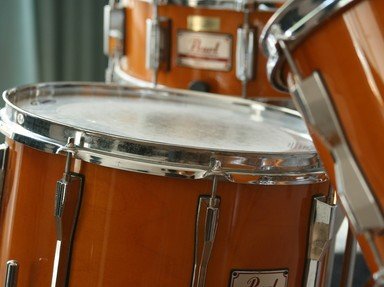Quiz Answer Key and Fun Facts
1. Which Cuban drum, whose beat may make you want to dance in a line, is also known as a tumbadora?
2. The bongo is actually a pair of drums that are usually played by placing them between the legs. One drum is smaller than the other, and in Spanish, the smaller of the two drums is called the "macho".
3. The erikundi is a shaken percussion instrument, similar to a maraca, that is traditionally made from which material?
4. The steel drum originated in Trinidad and Tobago, and is associated with Calypso music. What is the person who plays the drum called?
5. The pandeiro, an instrument that resembles a tambourine, originated in which South American country?
6. All of the following are types of scraper percussion instruments, except for which one?
7. What is typically used to make the bombo, or bombo legüero, a traditional drum from Argentina?
8. Believe it or not, there is actually a percussion instrument made from sheep or goat hooves called a chapcha. Which region is home to this peculiar instrument which belongs to the rattle family?
9. The rainstick is thought to have been brought over to Latin America from Africa.
10. The surdo is a traditional Brazilian instrument that is typically found in Samba music. What type of drum or percussion instrument is it?
Source: Author
tiffanyram
This quiz was reviewed by FunTrivia editor
agony before going online.
Any errors found in FunTrivia content are routinely corrected through our feedback system.

